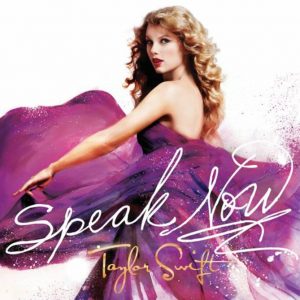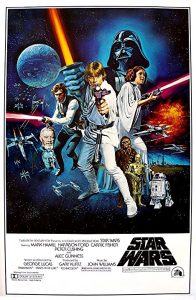“Animal Control Pet Adoption P.S.A. Full 1:00” youtube.com
For my artifact, I will be examining a PSA created by the Oakland County, Michigan Government promoting pet adoptions.
Agent: The animals at the Oakland County, Michigan animal control center
Act: Animals staring at the camera from behind the bars of a cage, a dog being led into a cage by an animal control officer, and a dog being adopted and taken to a new home.
Agency: Using images of sad, scared and homeless animals to evoke a sense of emotion to encourage people to adopt animals from the animal control center.
Scene: The Oakland County animal control center in Michigan, primarily parts where animals are kept until they are adopted.
Purpose: To encourage people to adopt animals who have been seized by animal control in order to provide healthy, happy homes for homeless pets.
The dominant term in this PSA is perhaps the agent, as the animals featured in the video are the starting point for all of the other terms. Without the animals, there is no purpose, agency, or act. One of the ratios in the PSA is agent-agency because of the images of the dogs and cats behind the bars of the cages creates a strong emotional response to animal lovers. Without the agent, the agency of the video would not exist. Similarly, another ratio is agent-purpose. The purpose is to promote adoptions at the Oakland County animal control center, and the message would fall apart without displaying the animals who are in need of homes.
Second Critical Analysis Paper:
For my critical analysis #2, I am going to be using metaphoric criticism to examine negative relationships in Taylor Swift’s songs. I really want to pin down an overall, arching metaphor for her music that displays a more negative outlook on relationships.


 “Star Wars: A New Hope movie poster” Amazon.com
“Star Wars: A New Hope movie poster” Amazon.com